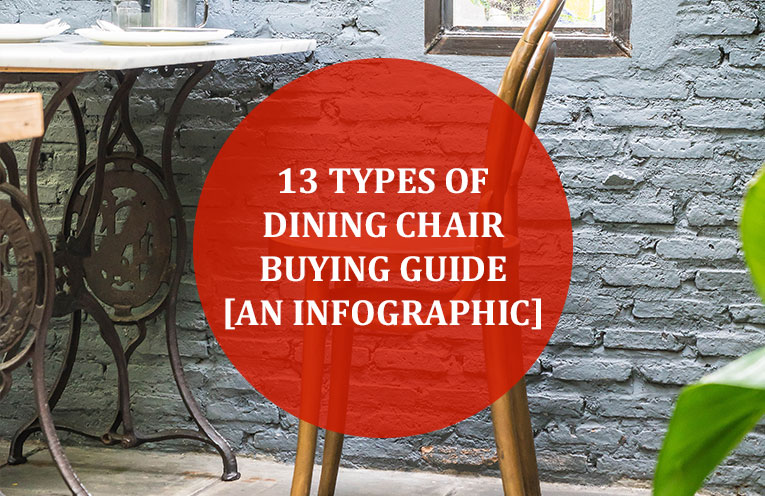Step-By-Step Technique To Restoring Antique Cupboards
Step-By-Step Technique To Restoring Antique Cupboards
Blog Article
Short Article Writer-Snider Crockett
To start the journey of restoring antique cupboards, you require a keen eye for information. Visualize uncovering surprise tricks within each layer of background ingrained in the wood. Photo the fulfillment of revitalizing a once-forgotten item to its previous glory. https://top-rated-home-inspectors43108.myparisblog.com/28306187/venture-right-into-a-domain-name-of-exquisite-workmanship-and-customized-innovation-led-by-a-skilled-custom-cabinet-maker-where-your-space-are-elevated-to-functional-artworks of this thorough procedure holds the crucial to protecting the past while producing a future heirloom. So, are you all set to embark on this transformative undertaking and unlock the capacity of your antique cupboards?
Evaluating the Cupboard's Condition
When beginning the repair procedure, start by examining the problem of the antique cabinet. Very carefully take a look at the overall structure for any indications of damages such as cracks, chips, or loose joints. Examine the timber for any type of rot, warping, or insect invasion that might have happened gradually. It's essential to establish the level of the remediation needed before continuing even more.
Next off, inspect the cabinet's equipment such as joints, knobs, and locks. Make kitchen & bath remodeling of any kind of missing pieces or components that need fixing or replacement. Ensure that all hardware is working correctly and securely attached to the closet.
Additionally, assess the cabinet's finish. Look for any type of scratches, stains, or discoloration that may influence the aesthetic charm. Determine if the surface requires to be stripped and reapplied or if a basic touch-up will be enough.
Gathering the Required Tools and Products
After analyzing the problem of the antique cabinet, the following step is to collect the needed tools and materials for the remediation process. Prior to you begin, guarantee you have the following products handy:
- timber cleaner
- sandpaper in different grits
- wood filler
- paint or wood tarnish
- brushes
- gloves
- safety and security goggles
- a dust mask
- a drop cloth
- a putty knife
- a hammer
- a screwdriver
- a vacuum cleaner
These devices and materials are vital for an effective restoration.
Wood cleaner is critical for getting rid of years of dirt and crud build-up, preparing the surface area for sanding. Sandpaper of different grits aids in raveling imperfections and preparing the timber for a new finish. Wood filler is handy for repairing any type of fractures, holes, or dents present in the cabinet.
Paint or wood stain, together with brushes, permit you to customize the cupboard to your choice. Keep in mind to wear gloves, safety and security goggles, and a dirt mask for protection. Put down a ground cloth to secure your work area, and use a vacuum cleaner to clean up any particles.
With these tools and materials gathered, you're ready to begin the reconstruction process.
Executing the Restoration Refine
To effectively perform the reconstruction process on your antique closet, begin by thoroughly cleaning the surface with the timber cleaner. This step is vital as it aids eliminate years of dirt, crud, and old polish that might have accumulated on the surface.
As soon as the cabinet is tidy and completely dry, assess the problem of the wood. Seek any type of cracks, scratches, or various other damages that need to be addressed. Use timber filler to fix any kind of flaws, making sure to match the filler shade to the timber tone for a seamless coating.
After the repair services have actually dried out, gently sand the entire surface to develop a smooth and also base for the brand-new finish. Be careful not to sand too aggressively, as you do not want to damage the wood underneath.
When the sanding is total, use a wood stain or complete of your option, complying with the maker's directions. Allow the finish to dry completely before using a protective leading coat to make certain the longevity of your recovered antique cupboard.
Conclusion
Since you have actually finished the restoration process, your antique closet looks as good as brand-new.
By following the step-by-step guide, you were able to assess, fix, and boost its condition easily.
With a fresh coating and protective leading layer, your treasured item will certainly continue to radiate for many years to find.
Delight in the elegance of your brought back antique cabinet!
